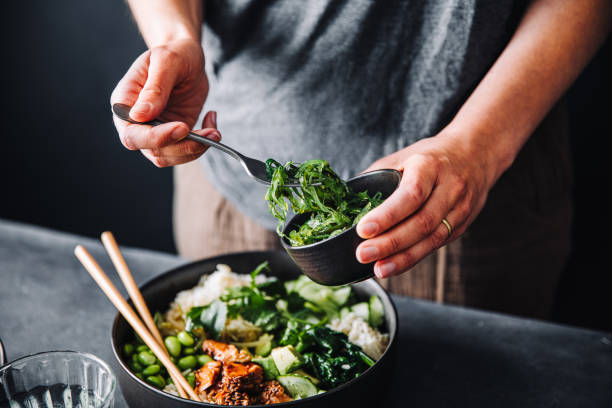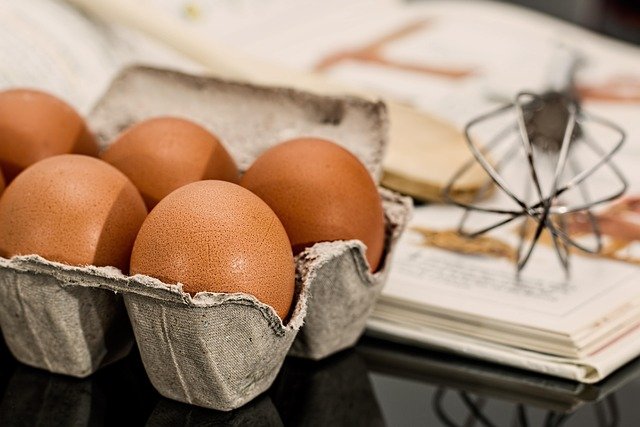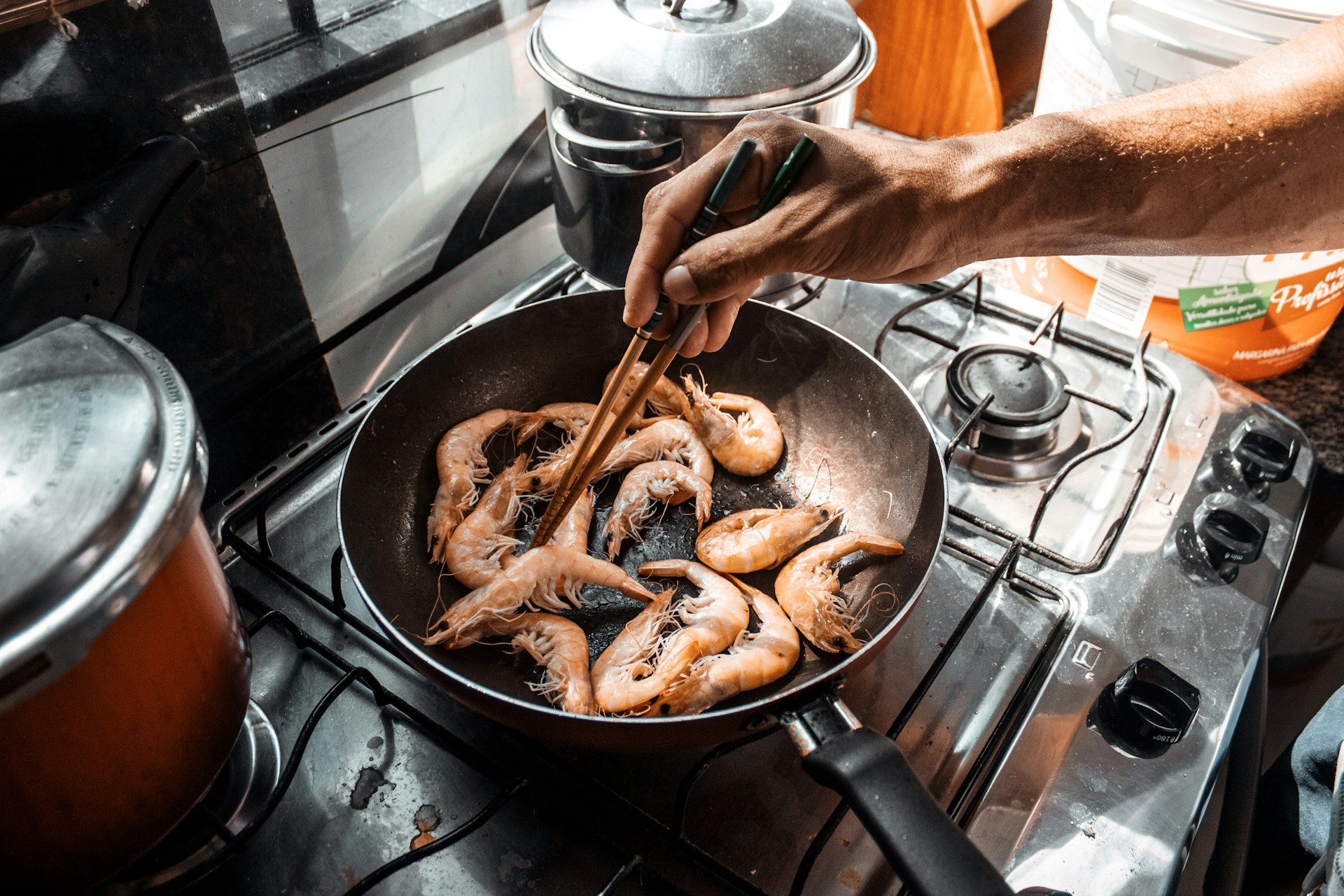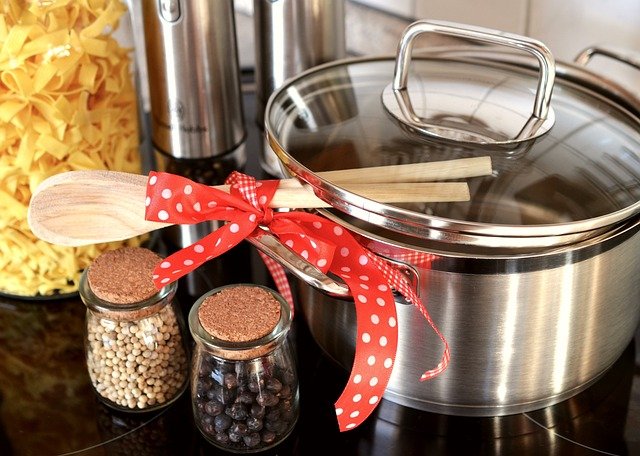Matcha Tea: Origins, Preparation, and Uses
Matcha is a powdered form of green tea that has a long history in Japan and an expanding presence worldwide. Unlike steeped loose-leaf tea, matcha involves consuming the whole tea leaf, ground to a fine green powder. This difference affects flavor, preparation, and the way matcha delivers caffeine and other plant compounds to the body. The following sections explain what matcha is, how it’s produced, how to prepare it, what makes it a green tea variety, and common culinary uses.
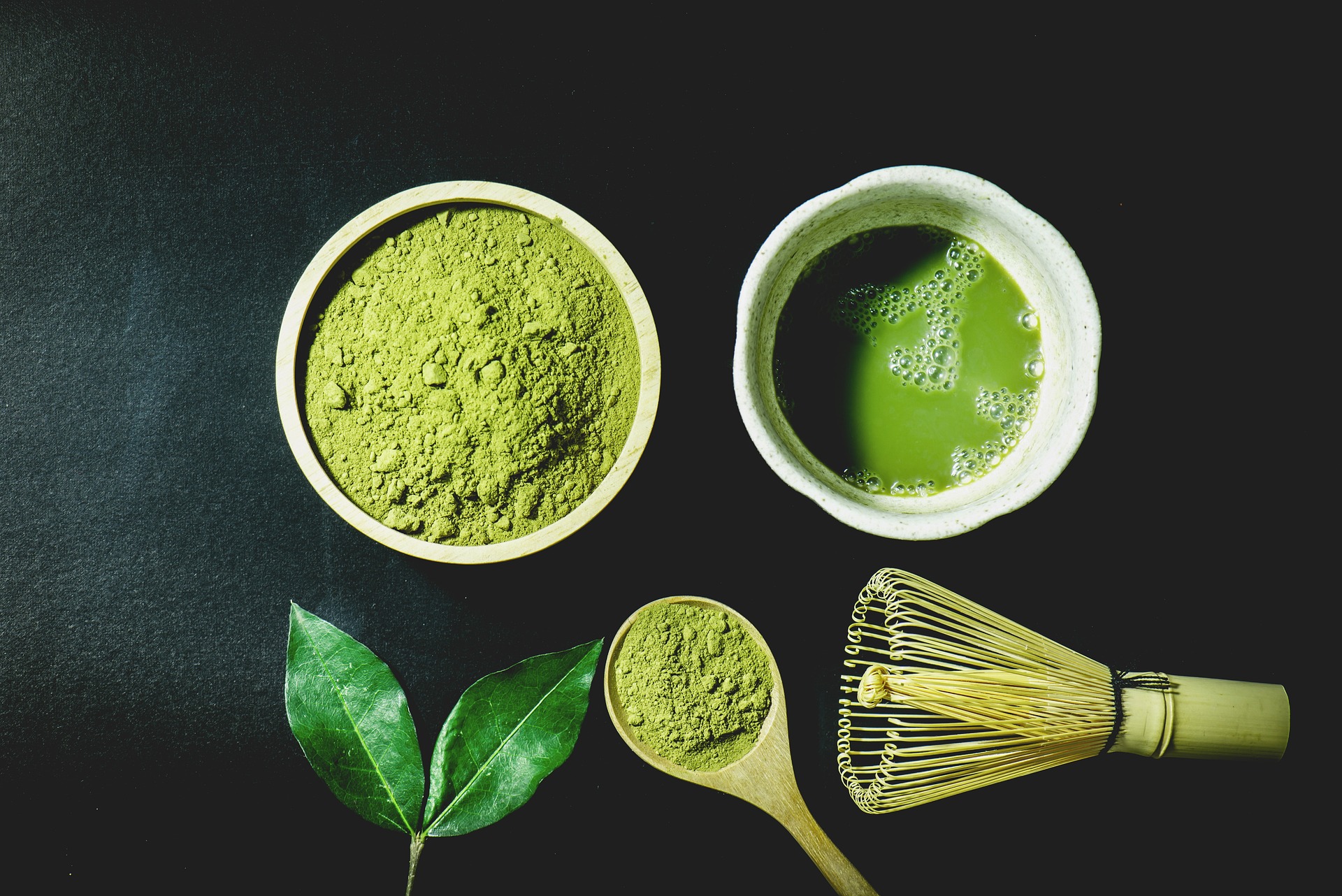
This article is for informational purposes only and should not be considered medical advice. Please consult a qualified healthcare professional for personalized guidance and treatment.
What is matcha tea?
Matcha is a distinct form of tea made from tencha leaves that have been shaded, steamed, de-stemmed, and stone-ground into a fine powder. Because the entire leaf is consumed, matcha delivers a concentrated flavor and a different nutrient profile compared with brewed green tea. Traditional Japanese tea ceremonies focus on whisked matcha served plain, while modern use extends to lattes, desserts, and culinary applications.
How is Japanese matcha produced?
Japanese matcha production typically begins with shaded cultivation: tea plants are covered for several weeks before harvest to increase chlorophyll and amino acids. After harvesting, leaves are quickly steamed to halt oxidation, then air-dried and de-veined to produce tencha. Tencha is then stone-ground into the fine powder known as matcha. Regions in Japan have different cultivation and processing traditions that influence flavor, color, and texture without implying a single superior origin.
How to prepare matcha powder?
Preparing matcha commonly uses a bamboo scoop (chashaku), a sifter, and a bamboo whisk (chasen). For a standard serving, sift 1–2 grams (about half to one teaspoon) of powder into a bowl, add 60–80 ml of hot water (70–80°C / 158–176°F for many grades), and whisk briskly in a zigzag motion until frothy. Adjust water amount and whisking for thicker (koicha) or thinner (usucha) textures. Matcha intended for drinking is usually finer and smoother than culinary-grade powders designed for recipes.
What are matcha’s green tea components?
As a green tea product, matcha retains many of the same compounds found in other unoxidized teas: caffeine, catechins (a class of antioxidants), and the amino acid L-theanine. Because the whole leaf is ingested, concentrations of these compounds are higher per serving than in brewed leaf infusions. Flavor often balances vegetal, sweet, and umami notes, with color ranging from bright emerald to olive green depending on leaf quality, shading, and processing.
How is matcha used in cooking and beverages?
Matcha’s fine powder makes it versatile in beverages, baking, and savory dishes. Beyond traditional whisked preparations, matcha is commonly mixed into milk for lattes, folded into batter for cakes and cookies, stirred into yogurts and smoothies, or used as a finishing dust on sweets. When using matcha in heated recipes, note that high temperatures can alter delicate flavor and color; culinary-grade matcha is usually chosen for heat-tolerant applications, while higher-grade ceremonial matcha is reserved for direct whisking and sipping.
Conclusion
Matcha is a distinctive green tea powder with unique production methods and preparation rituals rooted in Japan. Its powdered form concentrates flavor and plant compounds, making it suitable for both traditional tea service and a wide array of modern culinary uses. When selecting matcha, consider intended use—drinking versus cooking—along with factors like color, grind fineness, and reputable sourcing.

